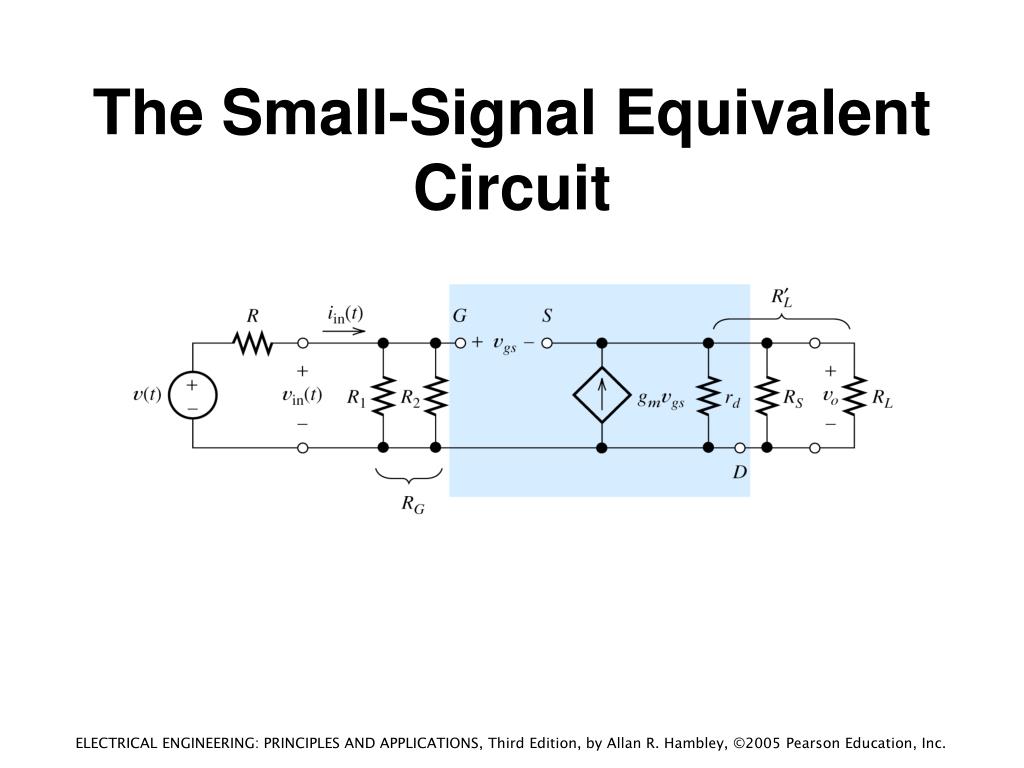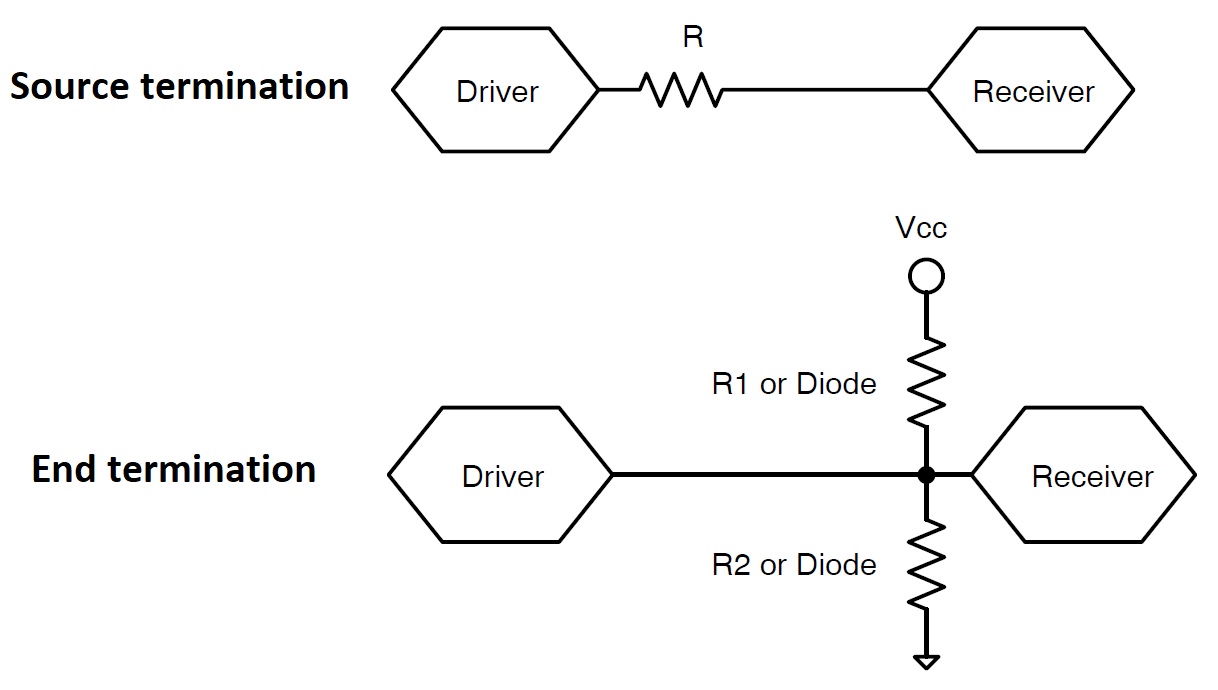

It’s a ripe area for experimentation, and a switch doesn’t take up nearly as much space as a pot, and it allows us to achieve sounds that controlling gain via a pot does not provide access to. Of course in the Off position, we’re back to just the 47n cap.Īnd you can go even higher. On a guitar it can be pretty cool though, especially if you thin it out by using a smaller coupling cap on the output. This is actually not usually ideal on a bass guitar, it tends to mud things up excessively. If we add the 10u instead, what happens is the transistor distorts the heck out of the AC input signal and also creates a lot of subharmonic content, resulting in a boomier sound. If we add the 1u, we’re now grabbing everything any bass or synth is going to produce, with a total cap value of 1.047u. This is a common design consideration in tube amplifiers. So by changing the value of the bypass cap, we change the voicing of the gain stage. If we changed that to 1n or 4.7n, we’d be boosting treble frequencies only. At 47n, we’re going to be providing heavy gain for basically the entire spectrum that a guitar is going to produce. A more conservative value might be appropriate here 1K or 4.7K would work well.ĬE1 provides an almost 0R path for AC, which is in fact what our audio signal IS. There’s a corner frequency based on the size of the cap, higher capacitance permits lower frequencies. What you need to know up front is that capacitors block DC and permit AC. A 3-way switch and some caps makes for a much more interesting solution. So for a “hi fi” effect, to limit gain, I like the 10k resistor and 10k linear pot.īut that’s not the most interesting way to accomplish gain control. And even at 5k resistance, you’re still doing a good amount of gain. People tend to like knobs that have really obvious effects. If you make a note of this, and you get a unit back that someone says “it stopped distorting and the gain knob isn’t working”, you know exactly where to look first, right? For the cost of a single extra resistor, I think this is a good idea.įor a much higher gain stage, you might use a 2K resistor and 2K linear pot, but the effect will be somewhat less pronounced. So by having a parallel resistor we make a linear GAIN pot slightly logarithmic, but we also add insurance: If the pot gets loose and a wire breaks, the effect continues to operate, though the gain for this stage drops to about 1. Resistors soldered into a PCB very rarely lose their connection. Now let’s think about robust design: where’s the most common failure point in any effect? Off-board wiring. There’s a minimum resistor in place at all times, for 100 ohms. As Re approaches the value of Rc, you’ll apply less and less gain. Usually 100-1k is a good range of control over a stage that’s meant to go from a big boost through to clipping, and if you want to be able to go to a moderate boost (say, bringing a 500 mV signal up to around 2.4V p-p instead of taking it up to 7.5V p-p), you would go up to 5k. And that’s still going to allow an aggressive amount of amplification! More than enough to clip. What values make sense will depend on your circuit. In a Big Muff Pi, Rc will be 10-12k depending on which version you’re holding. Based on that, you want a minimum value of about 100 ohms for Re at all times to maintain stability. The DC bias will drift rapidly with temperature. Now you could make Re a pot, but if you set it to 0, the transistor becomes unstable. Whenever you have the opportunity, you should always put your controls in places that are not part of or connected to the audio path. So if you’re going to make either one controllable, make Re controllable.

SO, you can adjust bias by changing either Rc or Re. There are more elaborate versions that provide superior performance, but this isn’t about that, this is about gain controls and the rest of this article will apply equally to all variations of the common emitter amplifier. This is the most basic implementation of the common emitter transistor amplifier. It’s usually how you boost or buffer a signal with a transistor. It’s got the most useful collection of advantages and disadvantages of the available topologies, and I’m not going to get into it any further than this: What’s a common emitter transistor amplifier? It’s the most common type of transistor implementation in stomp boxes and solid state amplifiers in general.


 0 kommentar(er)
0 kommentar(er)
